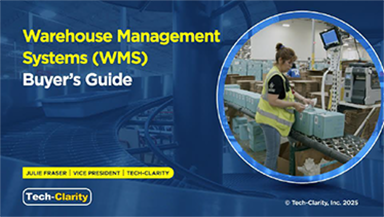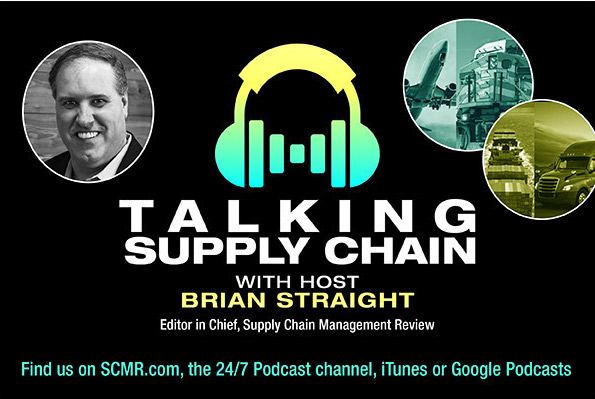So, how can something almost 30 years old actually be a NextGen technology? Is that actually possible? Yes, especially if you're talking about 3-D printing, also known as additive manufacturing.
Well known in automotive and aerospace circles, 3-D printing has long been standard fare there for prototypes and continues to slowly come into its own for certain, limited production parts. But it has never realized what anyone would call critical mass. However, that is changing as 3-D printing makes headway in industrial and consumer goods as well as health care. That means it's still early for 3-D printing, making it a true NextGen technology.
“We are moving beyond science experiments and out of the hype cycle,” explains Scott Schiller, global head of customer and market development for 3D printing at HP. “In fact, there was a rapid pivot in 3D last year as we saw a fundamental shift in how people look at the technology for practical applications. And that shift is having an enormous and real-time impact on its adoption.”
To that point, Schiller will take a look at how 3-D printing is reinventing the supply chain at the upcoming NextGen Supply Chain Conference. His session is at 4:00 pm on the first day of the two-day conference, April 16 -17, at the Chicago Athletic Association. You can register here.
The technology has a lot going for it when it comes to customizing parts across the supply chain. For prototypes, it is a low-cost option to test manufacturability of new parts. It also opens the door to designs not possible with other manufacturing technologies.
That's a huge plus, explains Schiller, because it opens the door to value creation by enabling the production of unique new products. Furthermore, 3-D makes it possible to offer limited runs of products that would have previously been impractical based on part costs.
Schiller points out that 3-D printing allows the postponement of design and production decisions as late as possible. Not to mention postponement of tooling decisions. For instance, he explains, it may be best to produce a part with volumes at one level and then switch over to injection molding with its expensive tooling only when volumes justify it. The same is true even at the spare parts end of product lines.
In fact, Schiller's company, HP, is using its own 3-D printing technology, HP Multi Jet Fusion, to print over 140 custom plastic parts for one of its 3-D printers, setting an example for the rest its business to begin incorporating 3-D printing to the product lifecycle.
“Using 3D allows us to reduce the cost of the parts and time to market,” says Schiller. The NextGen technology also allows HP to test products earlier in the design cycle, resulting in products that deliver higher performance to the consumer, he adds.
“There's more happening with 3D printing than most people are aware,” says Schiller. His presentation will lift the curtain on those developments and how you can add the technology to your supply chain.
Gary Forger is special projects editor for Supply Chain Management Review. He can be reached at [email protected].
SC
MR

More Events
- Uber Freight’s Val Marchevsky to deliver Keynote at NextGen Supply Chain Conference
- Last call for speaker abstracts, award submissions for NextGen Supply Chain Conference
- ProMat 2025 show wrap up
- Nature and supply chain innovation
- Register to speak at the 2025 NextGen Supply Chain Conference
- Call for speakers: 2025 NextGen Supply Chain Conference looking for industry leaders
- More Events
Latest Resources

 Explore
Explore
Topics
Software & Technology News
- Employee versus enterprise AI adoption
- Uber Freight’s Val Marchevsky to deliver Keynote at NextGen Supply Chain Conference
- Trust the team, win the customer
- Breaking barriers in B2B forecast sharing: How sFTP automation is reshaping supply chain data exchange
- A conversation on the life sciences supply chain with DHL’s Jim Saponaro
- Data center growth driving new logistics opportunities
- More Software & Technology
Latest Software & Technology Resources

Subscribe

Supply Chain Management Review delivers the best industry content.

Editors’ Picks




